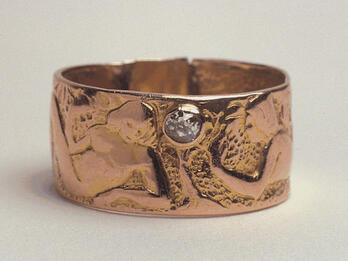Temerl
Joseph (Iosif) Chaikov
Moyshe Broderzon
1917
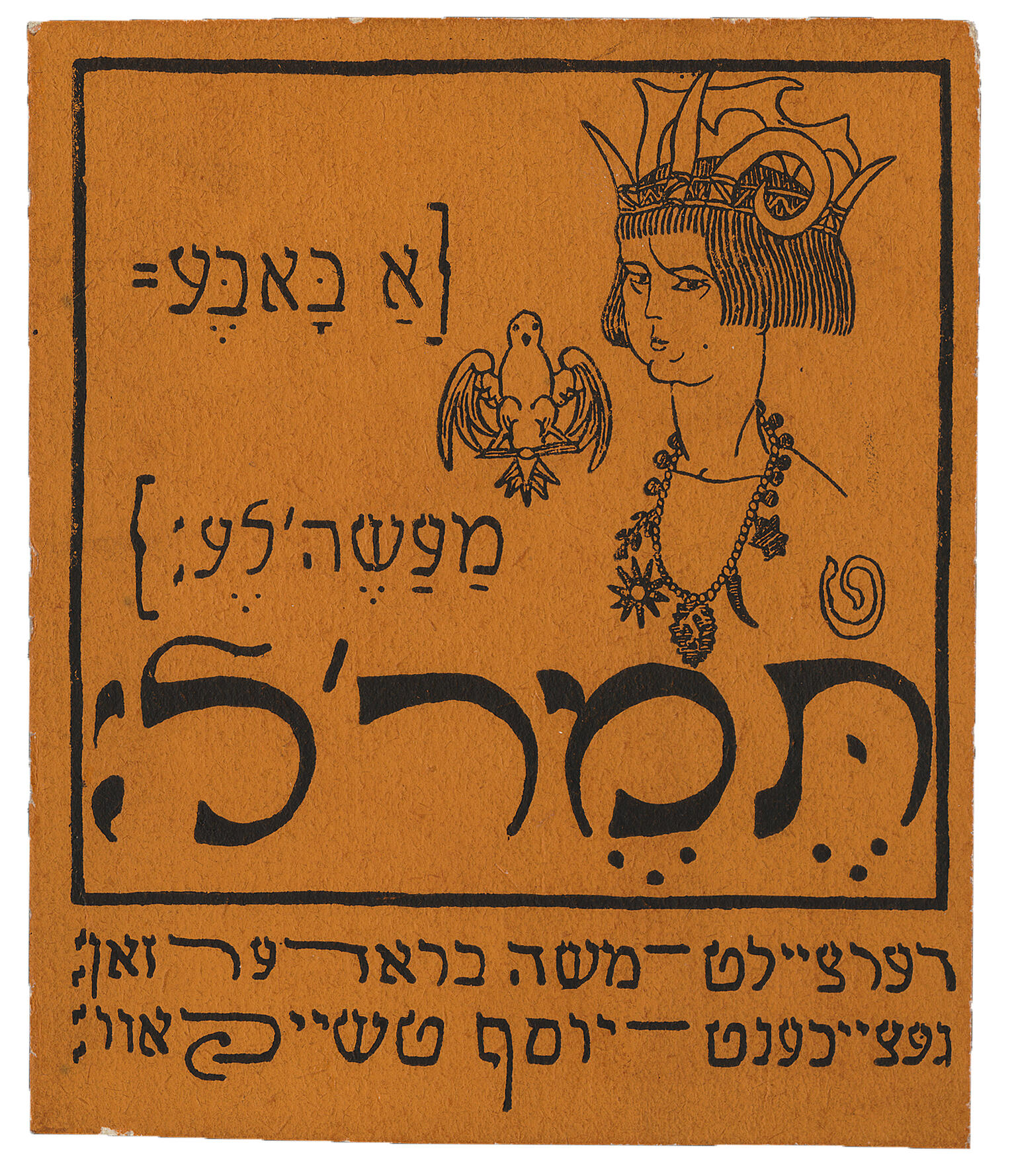
Creator Bio
Joseph (Iosif) Chaikov
The Kiev-born graphic designer and sculptor Joseph Chaikov (Iosif Tchaikov) belonged to a group of young Jewish artists who studied and worked in Paris before and after World War I. He returned to Kiev in 1914. Taking part in the ambitious Yiddishist cultural activism that unfolded across Russia and Ukraine after the fall of the tsarist regime in February 1917, he played an active role in institutional efforts to support a distinctly Jewish plastic-arts “scene” alongside figures like El Lissitzky. He also took part in lively debates about the aesthetic qualities and imperatives of Jewish painting and sculpture. He became (briefly) one of the most prolific illustrators in the newly burgeoning world of Yiddishist book publishing from Moscow to Kiev. Best known perhaps for the uncompromising cubo-futurist illustrations that he produced for Kiev’s Yiddishist and early Soviet Yiddish publishing houses in 1919, he also produced work in an older neo-romantic style for the children’s book Temerl, written in Moscow before the Bolshevik Revolution by the Yiddish poet Moyshe Broderzon. Eventually becoming a supporter of the new Bolshevik order, Chaikov moved to Moscow in 1923 and concentrated on sculpture. With the crackdown on modernist expression, he became a typical practitioner of Party-approved socialist realism.
Creator Bio
Moyshe Broderzon
Moyshe Broderzon was born into a wealthy merchant family in Moscow and grew up in Russian Poland. Taking his first steps in Yiddish poetry just before World War I with rather uninspired decadent verse (e.g., “Black Butterflies,” 1913), he found himself the only Yiddish poet of note in wartime and early revolutionary Moscow. There, inspired by Russian Futurism’s bravado, he wrote Yiddish futurist verse, published a book of Yiddish haiku and tanka, and drew notable Russian Jewish composers and artists into bold plans for a multigenre Jewish artistic renaissance in 1917–1918. His lovely modernist book Sikhes-khulin, co-created with El Lissitzky in 1917, was released in deluxe formats. Thereafter, Broderzon lived in Łódź from 1918 to 1939 and was a founder of the Yung-Yiddish poetry group as well as Ararat, a cabaret-theater company that featured a bevy of talented young Yiddish actors and comedians, notably Yisroel Shumacher, Shimon Dzigan, Mina Bern, and Judith Berg. When the Germans invaded Poland, Broderzon fled to Moscow. In Stalin’s crackdown on Jewish cultural activity, Broderzon was sent to a Siberian labor camp in 1948. Released in 1955 and repatriated to Poland, Broderzon died soon after his return. He was a man of many talents: he wrote poetry, articles, drama, songs for children, and libretti for opera; he produced plays and puppet shows; and he even turned his hand to prints and drawings.
Places:
You may also like
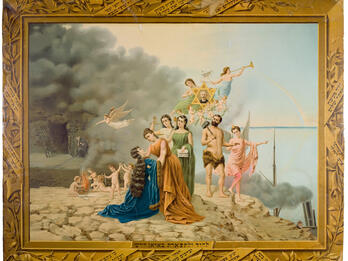
To the Majesty and Glory of Baron Hirsch (Lithograph)
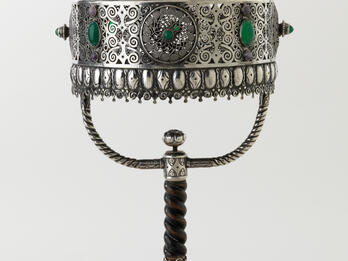
Table Lamp with Elaborate Silver Lampshade
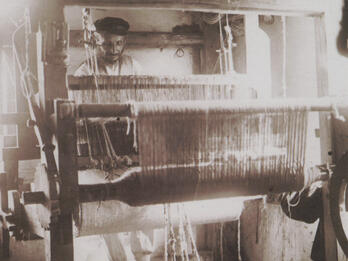
Tallis Weaver
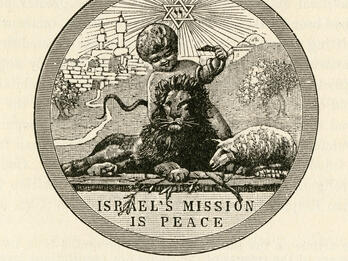
Seal of the Jewish Publication Society of America
